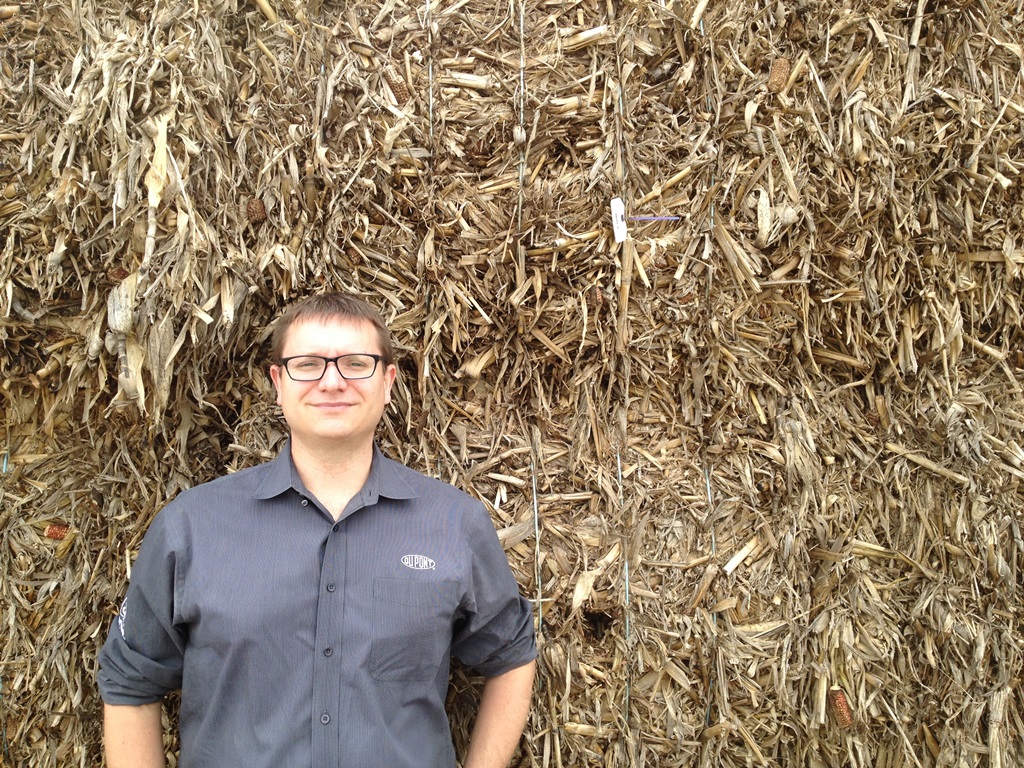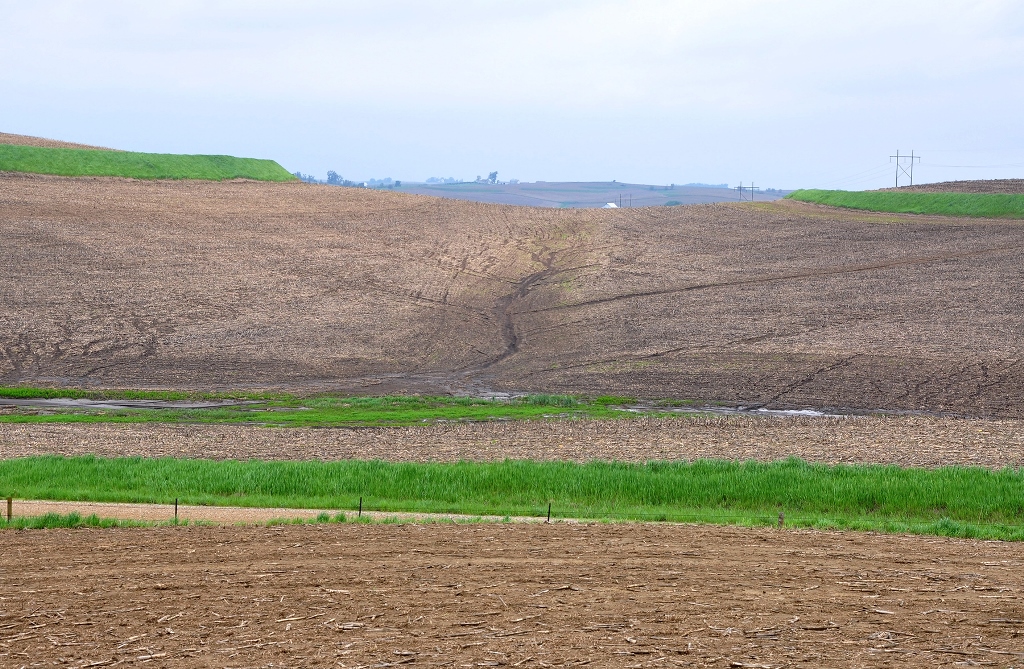In July my colleagues and I, together with the Great Plains Institute, organized a Cellulosic Summit in Iowa. We brought together experts in clean transportation (many from California) with experts in sustainable agriculture (many from Iowa) to see for themselves the latest developments in cellulosic biofuel commercialization.
Cellulosic biofuels are a key element of our strategy to help cut projected oil use in half in 20 years, and today we’re at a critical juncture, with the long-awaited commercial production of millions of gallons of cellulosic biofuel beginning this year.
I’ll be thinking about what I saw and learned for months to come, but here are the top five things I learned:
1. Big refineries signal technological breakthrough
The Poet-DSM and DuPont cellulosic biofuels facilities poised to open this year are a big deal for clean transportation and sustainable agriculture. These early facilities, which represent hundreds of millions of dollars of investments, will work through the technology and logistics challenges of producing cellulosic biofuel at commercial scale, and serve as a proving ground for the technology. Walking through these huge, complex biorefineries is awe-inspiring, and a testament to the innovative spirit and technological know-how being brought to bear to meet our energy challenge.

The author and Jason Barbose about to tour the Poet/DSM Project Liberty facility. Photo credit Brendan McLaughlin.
2. Lots of corn = Lots of biomass
It is well known that Iowa grows a lot of corn—more, in fact, than all but three countries. But a harvested corn plant is only about 50 percent corn grain, and the other half is cellulosic biomass (the stalks, leaves and cobs, called stover). While it’s important to leave some stover behind to protect the soil, we can harvest enough to add a billion gallons of ethanol production in Iowa, without using another kernel of corn. Other states throughout the country also produce large amounts of agricultural residues and manure, which can be made into biofuels, renewable electricity and biogas.

Andy Heggenstaller, DuPont Pioneer in front of corn stover bales. Photo credit Brendan McLaughlin.
3. … Yet lots of corn = Lots of problems
90 percent of Iowa is farmland, and 70 percent of that land is planted with just two crops: corn and soybeans. Common farming methods leave bare soil exposed most of the year to increasingly severe weather. Storms can wash tons of Iowa’s famous black soil into waterways in just a few days, and fertilizer coming off farm fields (and through subsurface drainage) creates major pollution problems both in Iowa and downstream in the Gulf of Mexico.

Photo showing soil erosion after five inches or more of rain fell in one hour across portions of Western Iowa in 2013. Photo credit USDA NRCS.
4. Smart biofuels means smart farming
The only way to make sustainable biofuels is to practice sustainable farming. Iowa State University and companies like AgSolver are employing complex modeling tools to help farmers make smart economic decisions on their land: where to plant corn, where it makes sense to use part of their corn stover to make ethanol, and where they should plant perennial grasses (highly productive sources of cellulosic biomass) instead or corn. Not only can this make the farmers’ operations more profitable, it can keep pollution out of the water, reduce erosion, and someday soon, produce biomass for cellulosic biofuel.

Cereal rye cover crop planted into corn stubble. Photo credit USDA NRCS.
5. Perennial crops have a big role to play
For the foreseeable future, Iowa will continue to grow a lot of corn and soybeans, but integrating perennial grasses into the system can provide benefits far in excess of the land they occupy. Scientists from the STRIPS research team (Science-based Trials of Row-crops Integrated with Prairie Strips) have shown that by strategically converting as little as 10 percent of a row-cropped field to perennial prairie—in narrow patches along contours and foot slopes—farmers and landowners can reduce soil erosion and fertilizer runoff by 85-95 percent. As cellulosic biofuel production scales up, there will be a growing market for these clean, sustainable crops.

Professor Matt Helmers from Iowa State showed us around the STRIPS project. Photo credit Amanda Bilek.
To cut oil use and carbon emissions from transportation and make our agricultural system more resilient and sustainable, we need to change the way we produce fuel and the way we farm. Experts in Iowa are hard at work making that happen. Seeing the beginning of large-scale production of corn-stover based cellulosic biofuel is exciting: the technology is working, and sets us up well to begin growing and harvesting perennial crops to feed the growing industry. It’s an important milestone on the road to clean fuels and sustainable agriculture.
